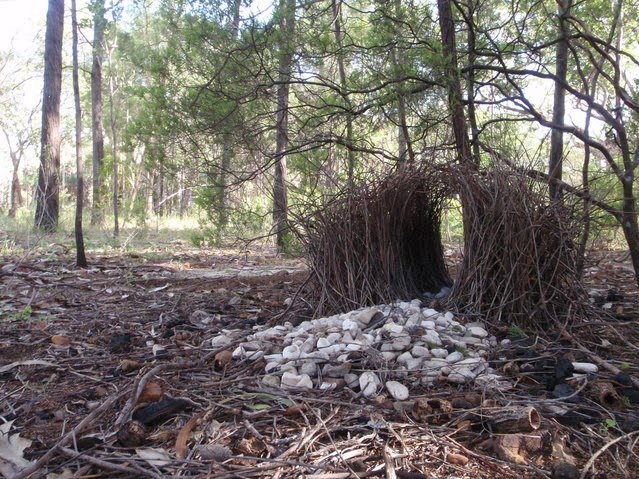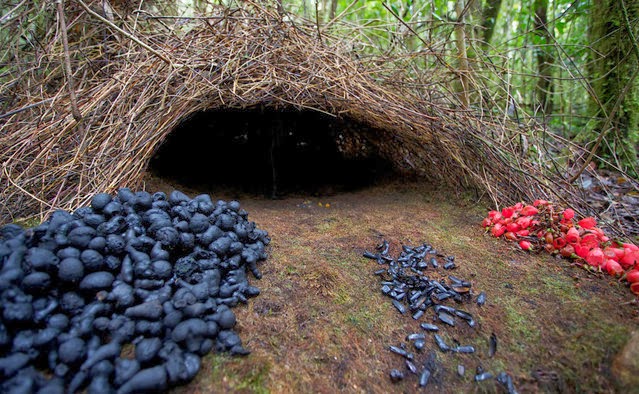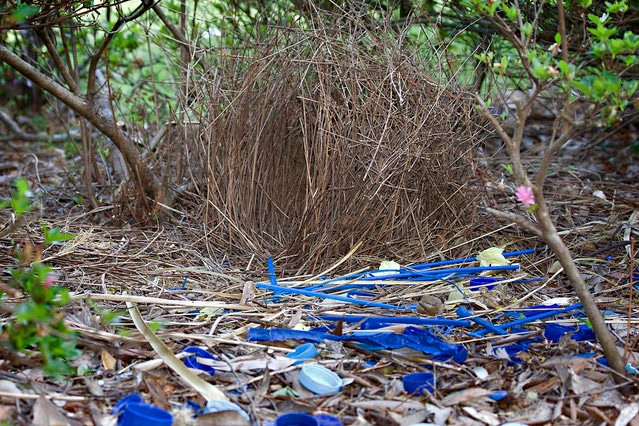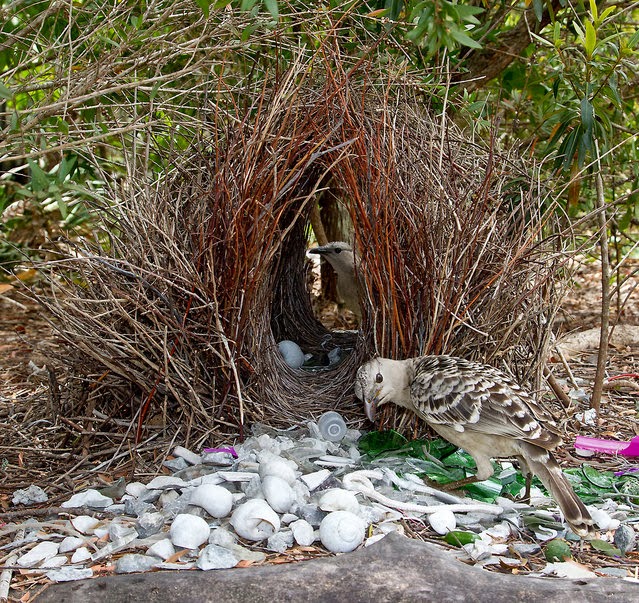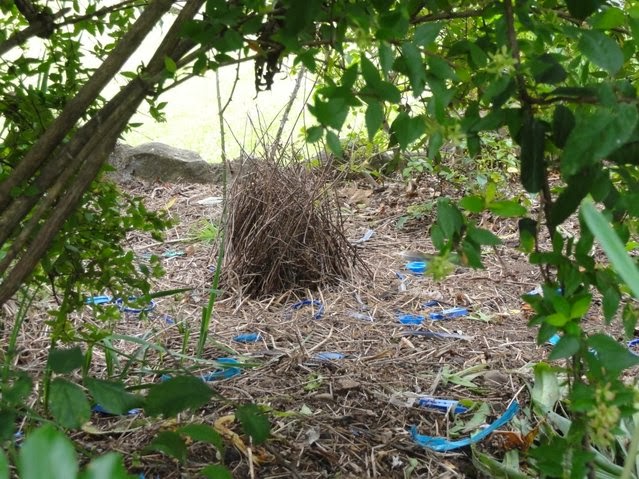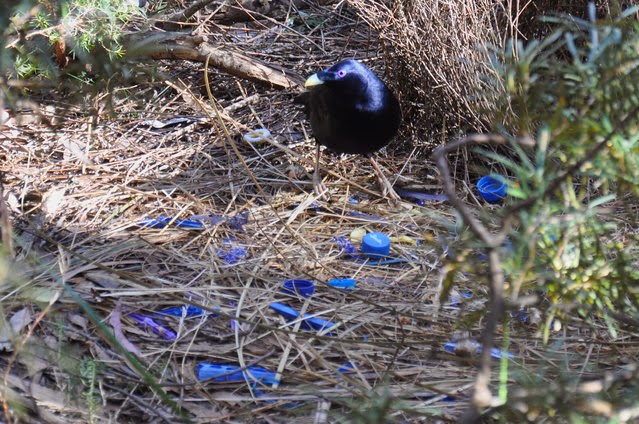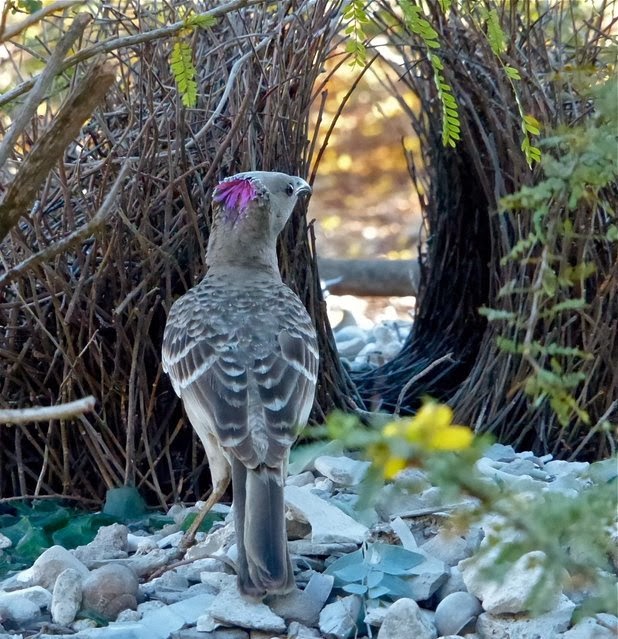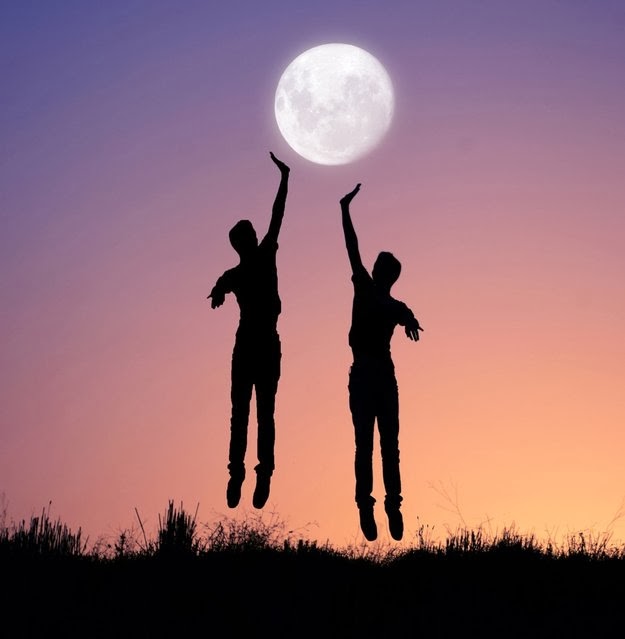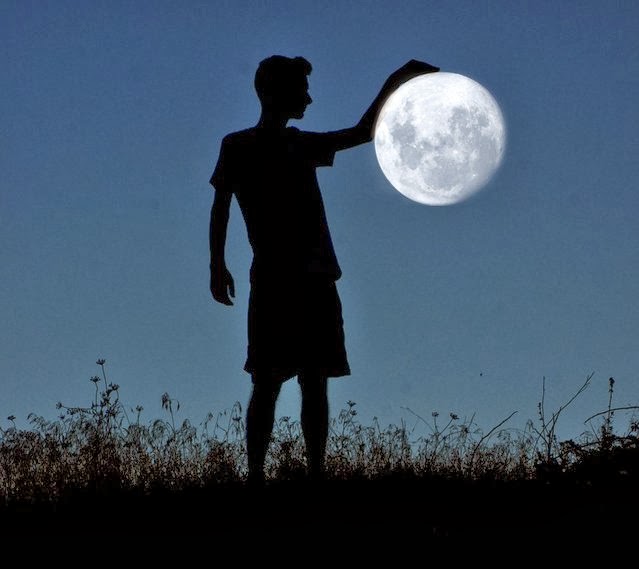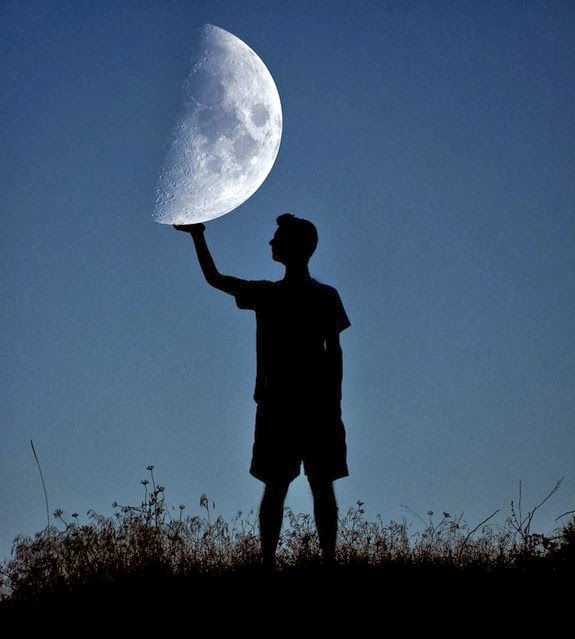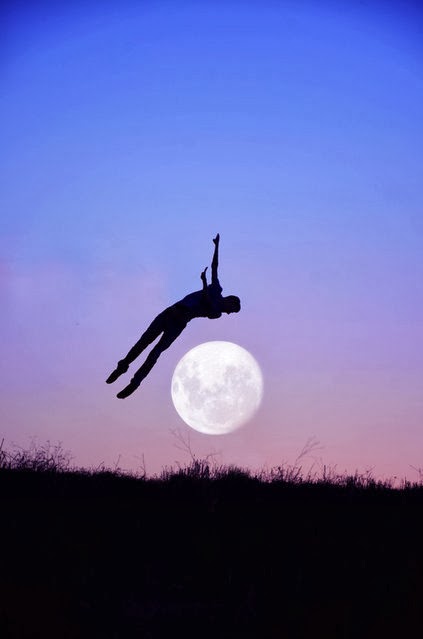Sunday, 9 March 2014
The Beautiful Leaden Flycatcher
The beautiful Leaden Flycatcher
is a species of passerine bird in the family Monarchidae. The birds specs
around 6 inches in length, while the male is a shiny lead-grey with white under
parts, while the female has grey upper parts and a rufous throat and breast. You
can find this bird in eastern and northern Australia, Papua New Guinea &
Indonesia. Its natural habitat is subtropical or tropical mangrove forests in
the northern parts of its range, in the south and inland it is eucalypt
woodland. Its specific name, rubecula, comes from the Latin for Robin, and in
Sydney it is called Frogbird derived from its guttural call. John Gould described and named the Pretty
Flycatcher in 1848, which has since been subsumed into this species. Leaden
Flycatcher is very active and agile bird; it hops among branches and catches
insects in flight. Normally bird breeding seasons is September to February. The
Leaden Flycatcher is found in tall and medium open forests, mostly in coastal
areas, selecting drier habitats than the Satin Flycatcher. The Leaden
Flycatcher feeds on insects caught while on the wing or gleaned from foliage
and feed in the mid-canopy, darting from tree to tree in pairs or
unaccompanied, perching only temporarily on exposed twigs where they call and
fan their short crests.
Labels:
Birds
Artist experiments with colorful tinted paints & water to create beautifully abstract, hypnotizing formations.
Artist Kim Keever who belongs to
New York, experiments with colourful tinted paints and water to create stunning
abstract hypnotizing formations. Keever was former thermal engineer for NASA
project tends to veer his work towards the scientific and experimental. To
create this specific style, the gifted artist drops several amounts of color
into water and documents the swirling liquids as they blend and mingle. Keever
uses a huge 200-gallon fish tank as the setting for much of his effort, which
offers sufficiently of space for the extremely unpredictable reactions to
emerge. Staring at the enthralling photographs is a related experience to
pointing out shapes between the clouds. Within the blobs, swirls, and trickles
of color, spectators might instigate to imagine recognizable forms like fabric
or faces, and specific of the swirls almost solid enough to touch.
Labels:
Painting
Tuesday, 4 March 2014
Monday, 3 March 2014
Subscribe to:
Comments (Atom)





